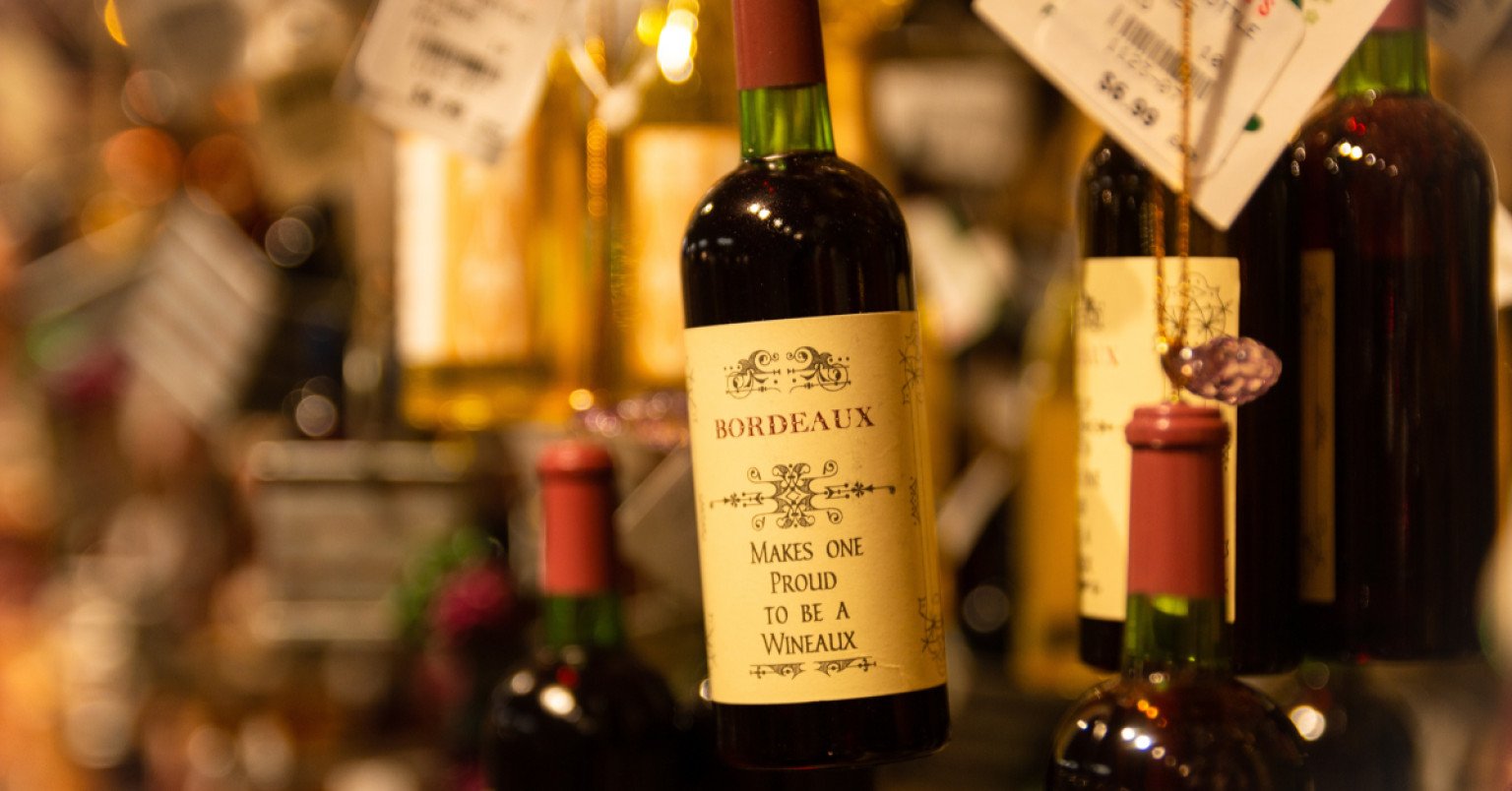Bordeaux En Primeur
 The Bordeaux en primeur campaign is the biggest event in the France wine world and also one of the biggest events in the whole fine wine industry.
The Bordeaux en primeur campaign is the biggest event in the France wine world and also one of the biggest events in the whole fine wine industry.
What does ‘en primeur’ mean?
En Primeur means selling the freshest vintage of wine directly from the barrel, which means the prices are low, especially when you are purchasing these as investments. After the purchase, wine will stay in the barrel for 1.5 years and then will be bottled and sent to LeVinum’s wine cellar for safe and secure storage. For example the 2020 en primeur wines will go into bottles at the end of 2022. Participating in the Bordeaux En Primeur campaign is also a great way for short-term wine investment. By successfully betting on wines in barrels, the price might increase up to 40-100% higher once the wine is bottled. A great example of en primeur wine investment from recent years is the Chateau Pontet-Canet 2019, which went on sale in the spring of 2020. Today, in 2021, the price of a bottle has risen by more than 30% in one year!
What to think about before investing in Bordeaux en primeur wines?
First of all, before deciding on which wines to invest in, you should think about the budget, risk tolerance and certain wine producers. Secondly, you should think about the classification of the different regions of Bordeaux. In general, the Bordeaux region has 4 classifications:
- In the Haut-Medoc region - Grand Cru Classé en 1855 classification
- In the Sauternes and Barsac area - the Grand Cru Classé en 1855 classification
- In the Saint-Emilion region - the Grands Crus de Saint Emilion classification, which came into force in 1955
- In the Graves area - the Crus Classés de Graves, which came into force in 1953
The Grand Cru Classé en 1855 classification in the Haut-Medoc region
The Grand Cru Classé en 1855 classification in force in Haut-Medoc is valid, as the name suggests, from 1855, when the best wine estates (63) in the region were divided into five classes. This list has only been amended twice so far. The largest icons in this classification are Chateau Latour, Chateau Margaux, Chateau Haut-Brion, Chateau Lafite Rothschild and Chateau Mouton Rothschild in the Premier Grand Cru Classés. All wines there are dry and red. The lowest risk investment wines in the Grand Cru Classé en 1855 classification are the wines of the first two classes.
The Grand Cru Classé en 1855 classification in the Sauternes and Barsac area
The Sauternes region is also home to the Grand Cru Classé en 1855. There are 20 wine estates in the area, the most famous being Chateau dYquem. It is a fine wine which development potential is prognosed in centuries, not decades. The most expensive dYquem (1811) was sold in 2011 for $ 117,000. In this classification, only white dessert wines are produced, the investment purpose of which could be to inherit for children and grandchildren.
The Gands Crus de Saint Emilion classification
The Grands Crus de Saint Emilion has been in force in the Saint-Emilion region since 1955. This classification divides wine estates into three classes: Premier Grand Cru Class A, B and Grand Cru Classé. It is definitely worth mentioning that the lists of classes are reviewed every 10 years and, depending on the quality of the wine, the manors are moved up or down by class. The next revaluation will take place in 2022, so it is worth investing in the hunt for Premier Grand Cru Class B estates this year, which may rise to Class A next year. Only dry red wine is made in this classification.
The Crus Classés de Graves
In the Graves region, the Crus Classés de Graves classification is valid, with 14 manors: manors that make dry white wine (2) with the Grand Cru Classé designation; manors making dry red wine (6) with the Grand Cru Classé designation; and manors that make both red and white dry wine (6) with the Grand Cru Classé designation. The white wines of the region also offer an opportunity for a shorter period of investment, as the white wines ripen much faster. At the same time, red wines have received more and more attention from critics in recent years.
Other classifications
The wines of the Cru Bourgeouis are also called the Grand Cru Classé of the peoples or peasants, because at the time of Medoc’s classification only the manors of the nobles were granted Grand Cru Classé status and quality, and the common people could not classify there. Among these wine estates, LeVinum is looking for investment wines with minimal budget options, as En Primeur prices are low and the price can multiply during better vintages. In addition to the above, there are wine estates that do not qualify under any Grand Cru Classé or Cru Bourgeois. Such wine estates only mark the name of the region, the vintage and the manor on the bottle, but nevertheless make wine with investment value. A good example is Chateau Gloria. And of course the Pomerol region, which is famous for Chateau Petrus, the most expensive En Primeur wine in the Bordeaux region. There is no classification of wine estates in this area, and only strong prior knowledge of wine estates ensures success in investing. In recent years, Pomerol has become an increasingly popular region due to the softer character of the wines.